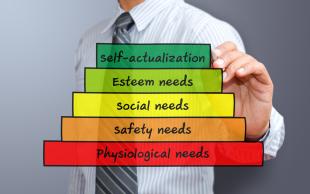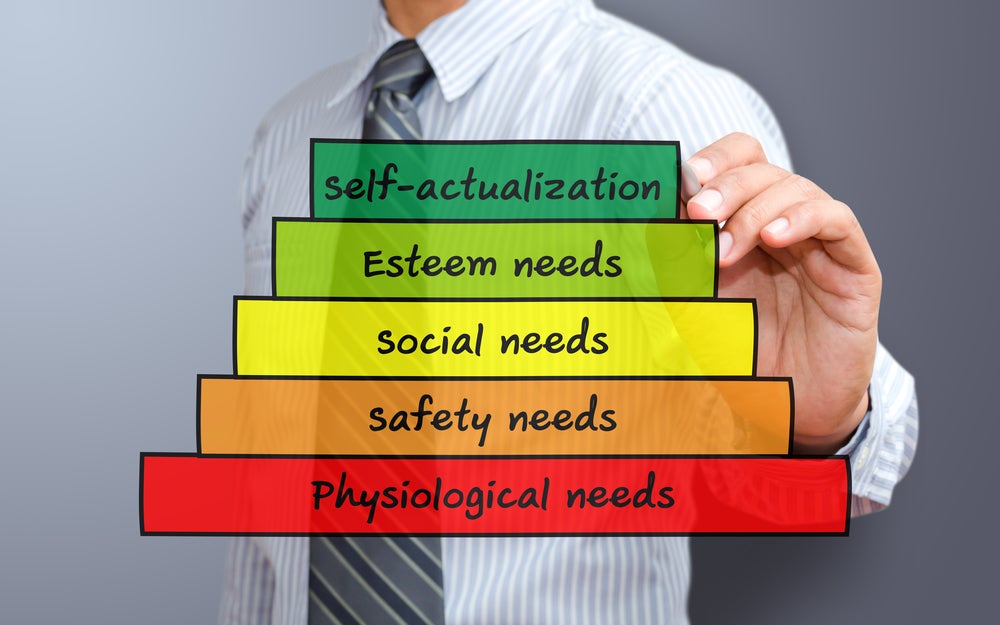3 Psychological Principles You Can Use to Improve Training


Psychologists have spent decades researching trends in behavior. Theorists like Pavlov used classical conditioning to activate salivation in dogs, and Bandura showed how modeling with Bobo Dolls contributed to social learning theory. These historical findings help us understand why people behave the way they do.
Have you ever asked yourself - Why do I feel stressed today? Why did I choose the red tie instead of the blue tie? How can I keep my employees productive in the office? You don’t have to visit the shrink to answer these questions, but we will share with you how to use learning theories in psychology to boost performance in the workplace.
1) Operant Conditioning shows how behaviors are reinforced, with positive or negative consequences. In theory, desired behaviors are reinforced and unwanted behaviors are punished. Depending on the condition, reinforcements and punishments are given either in positive or negative forms.
When you have an employee performing a desired behavior, use positive reinforcement to strengthen and continue the wanted behavior. Employees work more efficiently and perform better when they know they will be rewarded in some capacity.
Try this: Use friendly competition as an incentive. Reward top performing employees with a gift card or an extra paid day off. This works for employees in sales and other professions with goals.
2) Social Learning Theory states we learn through observation and modeling. Knowledge and motivation are critical in this theory. Proactive learning occurs when competent managers and motivated employees are present. When managers demonstrate the correct way to complete a task, employees are more likely to perform that task the same way.
Try this: Have a supervisor and an employee conduct mock telephone conversations. Supervisors can model the appropriate tone and present the information that needs to be communicated over the phone. Employees should demonstrate what they learned after supervisors model the correct behavior. Modeling is an effective training mechanism for employees in customer service and industrial labor.
3) Maslow’s Hierarchy of Needs provides structure for internal and external needs. According to Abraham Maslow, there are 5 levels in this hierarchy. Each need can only be achieved after mastering the preceding need. These needs are typically displayed in a pyramid, with physiological as the foundation and self-actualization at the top.
Physiological needs are the foundation for each proceeding need. These needs include food, shelter, water, and sleep. Safety needs are next, including employment, health and other environmental factors. Social needs (also referred to as belongingness) are third, giving meaning to people and their interpersonal relationships - personal and professional. Esteem needs are fourth, establishing confidence, respect, and self-worth. Self-actualization is the last need, the desire to know and fulfil your purpose in life.
Try this: Discuss Maslow’s hierarchy of needs during your next management meeting. Here are some discussion questions:
- Do we supply our employees with adequate compensation plans and resources (insurance coverage, complimentary lunches, etc.)?
- Do our employees have a safe work environment? If not, how can we change that?
- How can we train employees to make better safety judgements?
- How can we promote social competence within our company?
- How can we reward employees who perform well?
Psychology provides us with understanding of how we learn. As professionals in the elearning industry, we need to research and find evidence for how employees learn best. Take some time to experiment with these tips. Let us know how they worked in favor for your company by sharing with us in the comments below.




